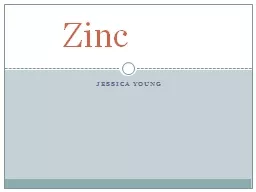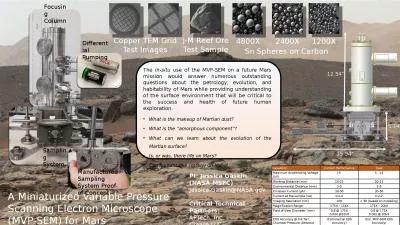PPT-Jessica Young
Author : jane-oiler | Published Date : 2017-07-07
Zinc Structure amp Properties Zn Atomic number 30 5 Stable isotopes Zn 64 Zn 66 Zn 67 Zn 68 Zn 70 Many radio isotopes Zn 65 Zn 72 Exists in oxidation states
Presentation Embed Code
Download Presentation
Download Presentation The PPT/PDF document "Jessica Young" is the property of its rightful owner. Permission is granted to download and print the materials on this website for personal, non-commercial use only, and to display it on your personal computer provided you do not modify the materials and that you retain all copyright notices contained in the materials. By downloading content from our website, you accept the terms of this agreement.
Jessica Young: Transcript
Download Rules Of Document
"Jessica Young"The content belongs to its owner. You may download and print it for personal use, without modification, and keep all copyright notices. By downloading, you agree to these terms.
Related Documents














